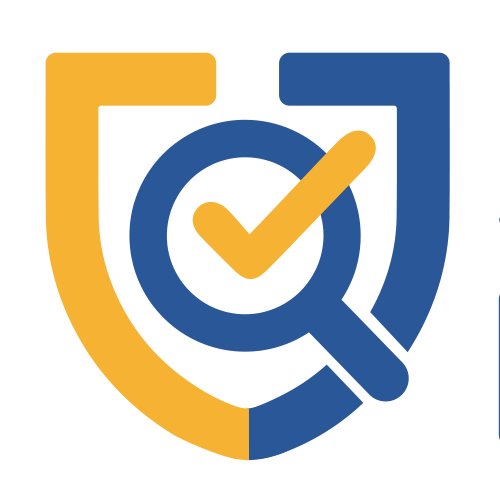By – Kashvi Jindal, Founder of InvestTheChange
In the symphony of professions that contribute to the functioning of our society, blue-collar workers are the backbone, frequently undertaking physically difficult chores that keep our communities running efficiently.
An estimated 500 million workers are classified as blue-collar in India. Around 7-8 million new college graduates are added to the workforce every year, 60 percent of whom lack employability skills and end up joining the blue collar workforce. Furthermore, according to a report by Salary Box, a staff attendance and payroll management app, over two-thirds of India’s blue-collared employees earn less than Rs 15,000 per month, way below the minimum wage set by the Central Pay Commission. However, amid the clangor of construction sites, the hum of factories, and the rush of maintenance work, the need for financial empowerment of these unsung heroes through financial education is frequently overlooked. This article attempts to shed light on the substantial benefits that financial education can bring to blue-collar people’ lives, going beyond the typical limitations of financial literacy.
Breaking the Paycheck-to-Paycheck Cycle
One of the most common problems faced by blue-collar workers is the paycheck-to-paycheck syndrome. With fluctuating and inconsistent incomes and the heavy cost of living and the burden of daily expenses, saving money becomes a distant dream. In such a situation, financial education becomes a beacon of hope, equipping workers with budgeting skills that empower them to allocate their income wisely. By knowing and understanding their cash flow, they can prioritize essential expenses, eliminate unnecessary spendings, and, most importantly, start building a financial cushion for unexpected challenges or emergencies.
Navigating the Puzzle of Employee Benefits
In the complex landscape of workplace benefits, blue-collar workers often find themselves lost. Health insurance, retirement plans, and other perks can seem puzzling with lots of jargon and paperwork. Financial education acts as a guide, explaining these offerings and enabling workers to make informed decisions about their benefits. This knowledge not only ensures that they maximize the value of these benefits but also positions them to secure their financial future with greater confidence.
Building a Safety Net
In physically demanding jobs, injuries or unforeseen circumstances can disrupt a steady income. Financial education empowers blue-collar workers to proactively create emergency funds. This financial safety net not only provides a sense of security during tough times but also prevents individuals from falling into the traps of high-interest debt when faced with unexpected challenges. It becomes a shield against financial instability, allowing workers to weather storms without compromising their financial well-being.
Smart Savings and Investment
Contrary to the misconception that investing is the exclusive domain of the affluent, financial education introduces blue-collar workers to the world of savings and investment. From basic savings accounts to low-risk investment options, these workers learn to make their money work for them over time. This understanding not only facilitates the growth of personal wealth but also instills a sense of financial empowerment that extends beyond the workplace.
Planning for Retirement
Retirement might seem like a distant horizon for workers in their prime, but early financial education plants the seeds of awareness. Understanding the importance of planning for retirement ensures that blue-collar workers can navigate the later stages of their lives with financial peace of mind. Whether through employer-sponsored retirement plans or individual retirement accounts, financial education enables them to make informed choices that lay the groundwork for a comfortable and secure retirement.
Empowering Financial Independence
Financial education is not just about educating, it’s about empowerment. It instills confidence in the blue collar workers in making financial decisions, no matter how big or small. By understanding the principles of budgeting, saving, and investing, these workers gain a sense of control over their economic circumstances. This newfound financial independence fosters resilience in the face of economic challenges, empowering workers to navigate their finances with confidence.
Strengthening Families
Financial stress can penetrate every aspect of life, affecting not only the individual worker but also their families. Financial education contributes to stronger family foundations by arming blue-collar workers with the knowledge to manage their finances effectively. Often because of less financial resources, kids of blue workers are not able to go to school or have basic necessities fulfilled, like three meals a day. When families are equipped with the tools to make informed financial decisions, it creates a positive ripple effect, fostering a healthier and more stable environment at home.
In conclusion, the benefits of financial education for blue-collar workers extend far beyond the confines of the workplace. It is a powerful tool for breaking down financial barriers, fostering resilience, and ensuring a more secure and empowered future. By investing in the financial literacy of our blue-collar workforce, we can not only uplift individual lives but also contribute to the overall strength and stability of the communities. As we recognize the invaluable contributions of blue-collar workers, let us also acknowledge the transformative potential of financial education in enhancing their lives and building a more economically resilient society.
Also read: Teaching children financial literacy























